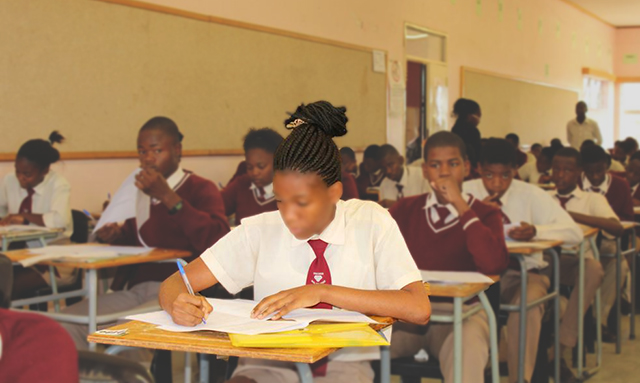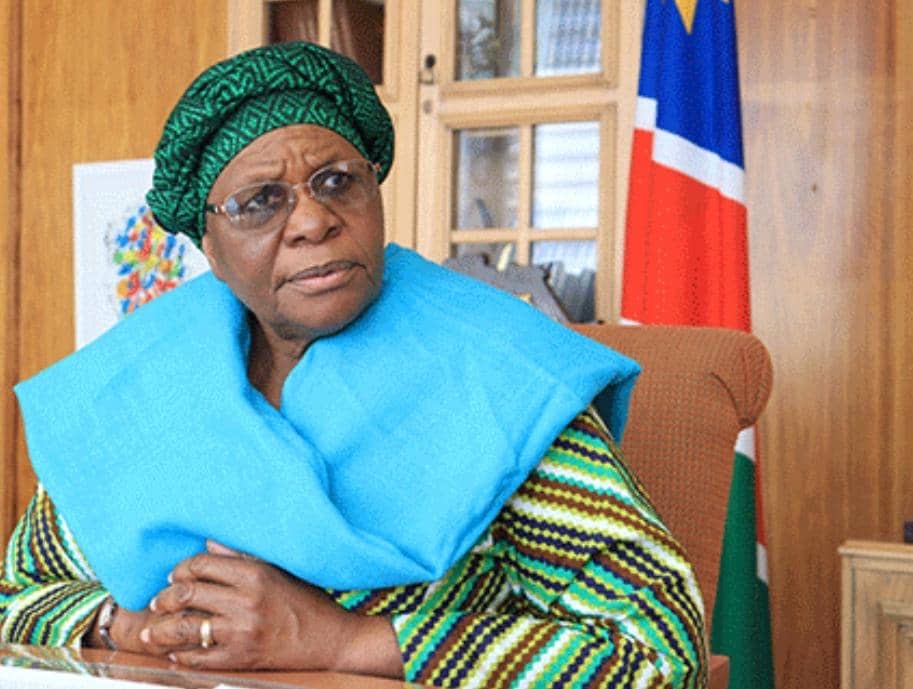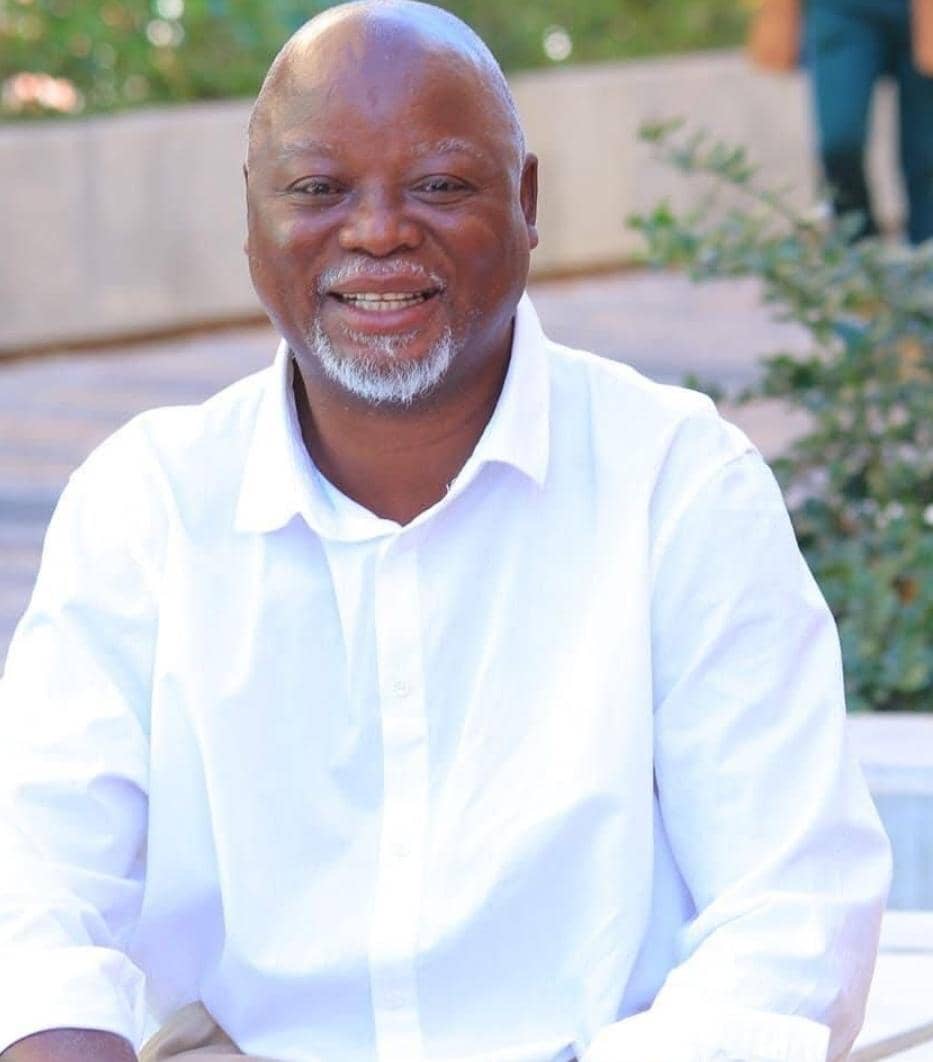Experts have raised concerns over disparities in school enrolment, attributing this to the government’s failure to decentralise services.
The latest census statistics reveal that only 76% of people between the ages of six and 24 is enrolled in Namibian schools.
The 2023 Namibia Population and Housing Census indicates that the enrolment rate was higher in urban areas, with 78.4%, while rural areas stood at 74.6%.
The report indicates that more girls were enrolled in primary schools than boys.
According to the report, the Oshana region recorded the highest enrolment rate, with 96.9%.
Meanwhile, the Kavango East, Ohangwena, Kavango West and Omusati regions have all recorded enrolment rates of above 80%.
The Namibia Statistics Agency (NSA) says the Kunene region has the lowest rate at 54%.
In Namibia, school attendance is mandatory for children between the ages of six an 17 years.
“Some 76.1% of people aged six to 24 years were enrolled in school. This pattern does not vary significantly by sex.
“In contrast, the figure further shows that school enrolment varies a lot by age, reaching its peak between the ages of 9 and 12 years, with 95%,” the report reads.
“Drastically low levels of school enrolment were observed after the age of 15 years, and continued to decline to 24% at the age of 24 years,” the NSA says.
The result shows the enrolment rate for primary school was 92.7% for children between the ages of six and 13 years.
Meanwhile, Namibia Economic Freedom Fighters education commissar Theresia Mushaandja has expressed concern over the situation.
“Reality has proven that in the era we live, education is the greatest equaliser. In Namibia, things look better in urban areas as opposed to rural areas in all spheres, not only education,” she says.
Mushaandja sees this as a sign that the government’s development agenda is one-sided, focusing mostly on urban areas.
“We have clearly failed to decentralise services – that is to bring development to the rural areas, and access to education is a big part of this,” she says.
Mushaandja says the absence of educational institutions near children discourages them from getting an education.
“Again, how we deal with the cultural norms and values of the people matters. Are we bringing education to the people in the Kunene in a way that does not make them feel taken away from their cultures?” she asks.
National Commission on Research, Science and Technology (NCRST) head Anicia Peters says: “The Oshana region boasts the highest enrolment rate at 96.9%, while the Kunene region records the lowest at 54%, Omaheke 62%, and Otjozondjupa 67%.”
Peters says this sharp decline in enrolment is observed after the age of 15, reaching only 24% by the age of 24.
“These findings prompt important questions about educational access, regional differences and retention beyond primary school,” she says.
Further analysing these statistics, she says the increased population means the number of pupils keeps growing each year.
This in turn increases the demand for more space, Peters says.
“The increase in pupil population against the limited resources results in inadequate infrastructure, overcrowded classrooms, the need for more laboratories, computer rooms, libraries, workshops, hostel accommodation and the long-distances pupils have to cover to and from school in some areas highlight a critical need for investment in educational facilities,” she says.
Stay informed with The Namibian – your source for credible journalism. Get in-depth reporting and opinions for
only N$85 a month. Invest in journalism, invest in democracy –
Subscribe Now!







